The Solapur District was ruled by various dynesties such as Andhrabhratyas, Chalukyas,Rashtrkutas, Yadavas and Bahamanis. 'SOLAPUR' is believed to be derived from two words 'SOLA'meaning sixteen and 'PUR' meaning village. Thepresent city of Solapur was considered tp be spread over sixteen villages viz. Aadilpur, Ahmedpur, Chapaldev, Fatehpur, Jamdarwadi, Kalajapur,Khadarpur, Khandervkiwadi, Muhammadpur, Ranapur, Sandalpur, Shaikpur, Solapur, Sonalagi,Sonapur and Vaidakwadi.
|
 |
 |
|---|
The Solapur Fort
The Solapur fort is the most popular place in the solapur city. This is ideal place to visit for Historians and Tourist. This fort is the best example of MEDIAEVAL PERIOD Archology. According to Historians the fort was build in 14th century.Verious Historians has pointed out verious period of building of fort.In "Solapur Kaifiyat" the period mentioned is 1235, Dr Hater 1345,Mallikarjun Patil 1456 and Kampwel mentioned 1358. The fort was built during the King Bahamani's era.In 1357 the Bahamani kingdom was divided into four divisions or tarfs and Sholapur was included in the tarf of Gulbarga. In 1552, the two powers came to settlement and Chand Bibi, the Ahmadnagar princess, wasgiven in marriage to Ali Adil Shah of Bijapur while the sister of Bijapur Sultan, Hadiya Sultana, was married to Murtaza, the Ahmadnagar prince. The fort of Sholapur was given to Bijapur as part of Chand Bibi's dowry. Many Kings and Sultans stayed in this fort in Mediaeval period. In 1681 King Aurangjeb stayed during he attacked on the south.Some Historians in 1665 Raje Shahaji and Raje Shivaji was stayed in this fort when they attacked on Vijapur
 |
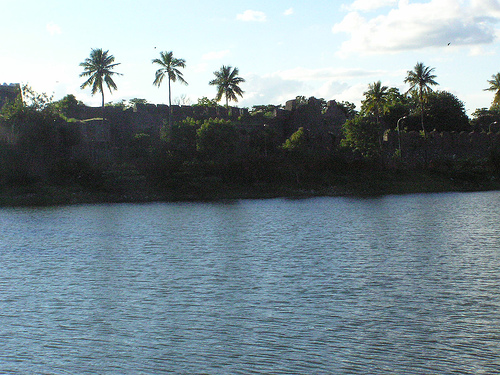 |
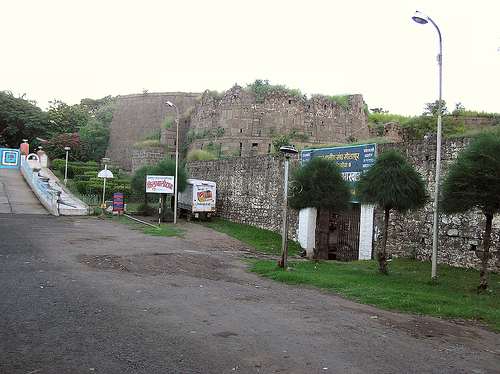 |
|---|---|---|
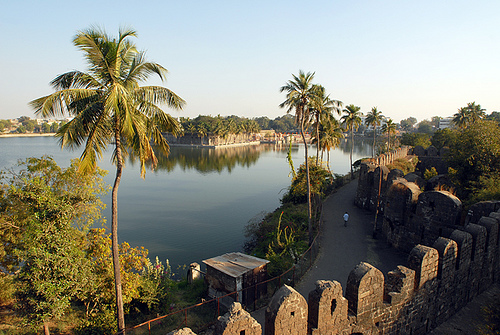 |
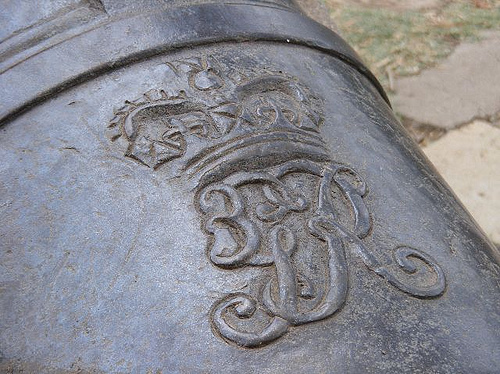 |
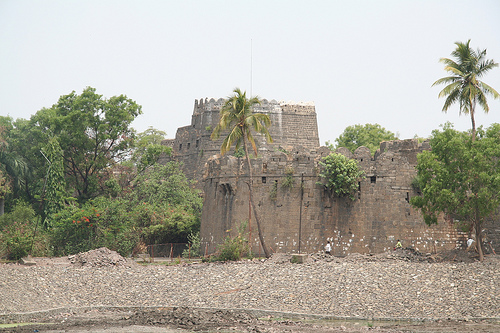 |
Lord Brahma in Mangalwedha
Continuing our exploration of Brahma sites in Maharashtra, today we go to the town of Mangalwedha in Solapur district. Mangalwedha is approximately 50 km. southwest of the city of Solapur, and 25 km southeast of Pandharpur. Known for being the birthplace of Sri Jayatirtha, the great Dvaita saint and commentator on Sri Madhvacarya's works, Mangalwedha is also home to an ancient Brahma Temple.
Mangalwedha is mentioned as 'Metulingpuri' in the Bhima Mahatmya of Skanda Purana, but some historians question that identification. There are many monumental stone ruins from the Chalukya kings of Kalyani found around Mangalwedha, indicating that it was an important center during the 9th to 11th centuries. Numerous inscriptions give evidence that the town was under the rule of the Chalukyas of Kalyani, later becoming the seat of the Kalachuryas
The Kalachuris migrated to the south from an area that is now known as Hyderabad, and made Mangalwedha (Magaliveda, Mangalavedhe or Mangalavada) their capital. They called themselves Kalanjarapuravaradhisvara, which indicates their origin in central Indian. Beginning as modest feudatories of the Chalukyas of Kalyani, they overthrew the Chalukyas and ruled for a brief period, during the 12th century under the emblem of Suvarna Vrishabha, the golden bull.
According to an inscription referring to the year 1174, the founder of the Kalachuris was Soma, who was a disciple of Ashwathama, of Mahabharata fame. He is said to have grown a beard and moustache to conceal his identify, in order to escape the wrath of Parasurama. Thereafter Soma's family and heirs came to be known as Kalachuris ('kalli' means a long moustache and 'churi' means a sharp knife).
Later records of the Kalachuri dynasty claim that the line descended directly from Lord Brahma, so it is not surprising that we find a temple here dedicated to Lord Brahma.
There are a number of other interesting temples located in Mangalwedha, and many shrines scattered throughout the more than seventy villages in the outlying areas. The town's most frequented temples include those dedicated to local saints, Damaji, Chokha, as well as the temples of Vishveshwar Mahadeo.
The temple dedicated to the god Vishveshwar Mahadeo is said to have been constructed in 800 A.D. It is a Hemadpanti structure and was renovated in the year 1572 A.D. This temple bears an inscription in Marathi. In the month of Magna, a Mahashivaratri festival is celebrated here, drawing large crowds of devotees.
The fort of Mangalvedha was built using materials the leaders took from old Jain temples they demolished, around 1500 A.D.
 |
 |
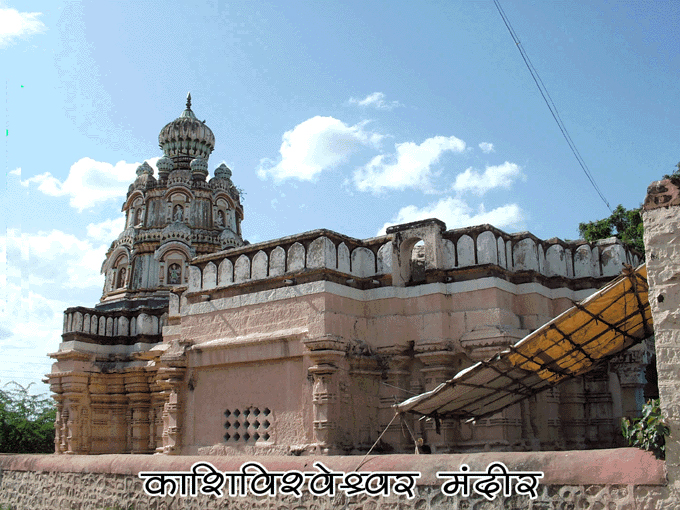 |
|---|---|---|
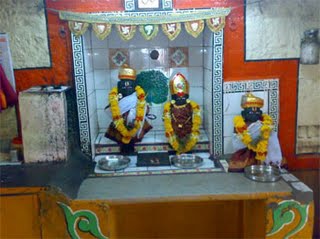 |
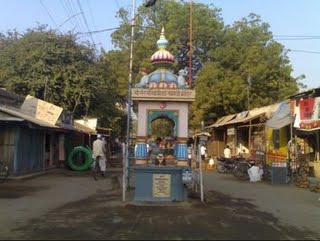 |
 |
KUDAL
A small village in South Sholapur taluka situated at the confluence of the rivers Sina and Bhima, Kudal is also known as Kudal Sangam and has, according to the Census of 1971, a total population of 348 souls. It has a primary school. Rivers Sina and Bhima form the main source of water-supply. The Sholapur Zilla Parishad has recently constructed a rest-house at Kudal with a view to attracting tourists to the Hemadpanti temple of Sangameshwar which is the only object of interest in the village. Besides the temple, the village has religious importance situated as it is at the confluence (sangam)of the Bhima and the Sina.
Both the temples at Kudal are considered to be fine specimens of Hemadpanti architecture and hence an attraction for the religious-minded devotees. One of the temples is said to have been constructed during the reign of Chalukyas while the other is said to have been constructed about five hundred years later. The area round about the temple has also become a picnic spot. An annual fair is held in honour of the god Sangameshwar in Pausha (December-January). About two thousand people assemble at the time of the fair. Many people visit the temple on Amavasya (no-moon) day of every month.
A small village in South Sholapur taluka situated at the confluence of the rivers Sina and Bhima, Kudal is also known as Kudal Sangam and has, according to the Census of 1971, a total population of 348 souls. It has a primary school. Rivers Sina and Bhima form the main source of water-supply. The Sholapur Zilla Parishad has recently constructed a rest-house at Kudal with a view to attracting tourists to the Hemadpanti temple of Sangameshwar which is the only object of interest in the village. Besides the temple, the village has religious importance situated as it is at the confluence (sangam)of the Bhima and the Sina.
Both the temples at Kudal are considered to be fine specimens of Hemadpanti architecture and hence an attraction for the religious-minded devotees. One of the temples is said to have been constructed during the reign of Chalukyas while the other is said to have been constructed about five hundred years later. The area round about the temple has also become a picnic spot. An annual fair is held in honour of the god Sangameshwar in Pausha (December-January). About two thousand people assemble at the time of the fair. Many people visit the temple on Amavasya (no-moon) day of every month.
Barshi
The only object of interest in the town is the temple of Bhagavant constructed in Hemadpanti style. It is of little architectural consequence. Many devotees of Viththal of Pandharpur visit the shrine on way to Pandharpur. Almost all the devotees of Vithoba of Pandharpur and especially those belonging to the varkari sect visit the shrine on dvadashi whenever they visit Pandharpur on the day of ekadaslii.